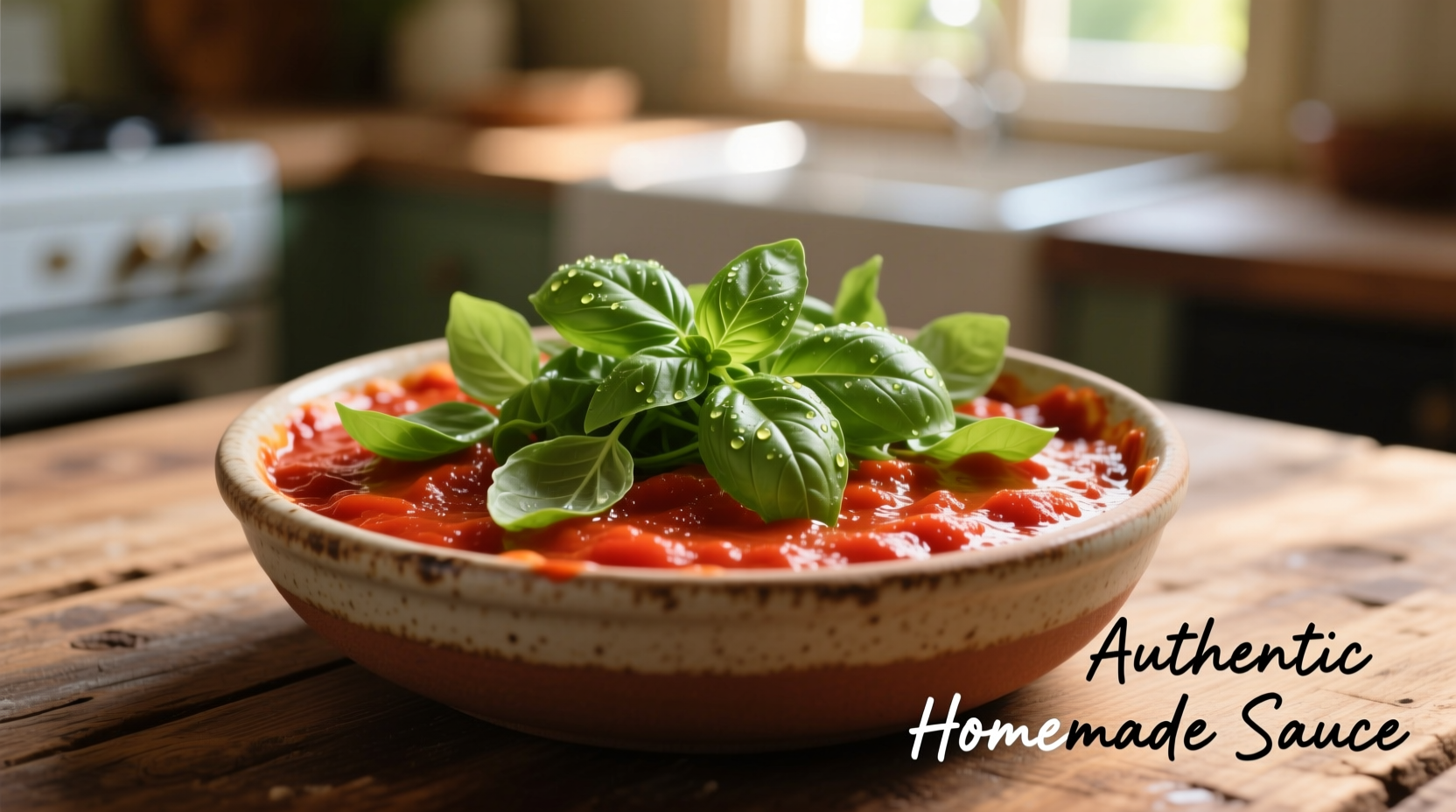Forget complicated recipes and hours of simmering. Tomato paste creates superior pizza sauce because its concentrated form provides intense tomato flavor while minimizing excess moisture that causes soggy crust. Unlike canned tomato sauce or crushed tomatoes, tomato paste has already undergone reduction, giving you immediate depth of flavor with minimal effort.
Why Tomato Paste Works Best for Pizza Sauce
Tomato paste undergoes a double-concentration process where tomatoes are cooked down to remove 80-90% of their water content. This scientific concentration (verified by the Tomato Nutrition Council) creates higher levels of lycopene and natural sugars while reducing acidity—exactly what you need for balanced pizza sauce.
Professional pizzaiolos prefer tomato paste because:
- Lower moisture content prevents crust sogginess
- Concentrated umami enhances overall flavor profile
- Natural sweetness balances acidity without added sugar
- Consistent texture spreads evenly without sliding off dough
| Tomato Product | Water Content | Flavor Concentration | Best For Pizza? |
|---|---|---|---|
| Whole peeled tomatoes | 94% | Low | No - too watery |
| Crushed tomatoes | 92% | Medium | Rarely - requires reduction |
| Tomato sauce | 90% | Medium-High | Sometimes - inconsistent |
| Tomato paste | 60-70% | High | Yes - ideal balance |
What You'll Need for Perfect Tomato Paste Pizza Sauce
Creating exceptional pizza sauce requires just five pantry staples. The magic happens through proper ratios and technique rather than exotic ingredients.

Essential Ingredients
- 1 (6 oz) can tomato paste (preferably double-concentrated)
- 2-3 tablespoons extra virgin olive oil
- 1-2 cloves garlic, finely minced
- 1 teaspoon dried oregano
- 1/2 teaspoon kosher salt
Optional Enhancements
- Pinch of red pepper flakes for spicy pizza sauce variation
- 1/4 teaspoon fennel seeds for meat lover's pizza
- 1 tablespoon tomato paste for extra thick pizza sauce
- 1 teaspoon honey for balancing acidity in homemade pizza sauce
Step-by-Step Preparation Guide
Follow these professional techniques to transform basic tomato paste into exceptional pizza sauce:
- Start with quality paste: Choose double-concentrated tomato paste in a tube rather than a can for fresher flavor and less waste
- Emulsify properly: In a small bowl, whisk olive oil into tomato paste until fully incorporated before adding other ingredients
- Add aromatics: Mix in minced garlic, oregano, and salt until uniform—no need to cook the garlic for raw pizza sauce
- Adjust consistency: Add water 1 teaspoon at a time only if needed for spreading (most quality pastes require no thinning)
- Rest for flavor development: Let sauce sit at room temperature for 15-30 minutes before using to allow flavors to meld
When Tomato Paste Isn't the Best Choice
While tomato paste creates excellent pizza sauce for most applications, certain situations call for alternative approaches:
- Wood-fired Neapolitan pizza: Traditionalists use uncooked San Marzano DOP tomatoes for authentic Margherita pizza
- Deep-dish pizza: Requires thicker sauce that benefits from simmered crushed tomatoes
- Raw tomato enthusiasts: Those preferring fresh tomato flavor should use high-quality canned whole tomatoes processed through a food mill
Common Mistakes to Avoid
Even with simple ingredients, these errors can ruin your tomato paste pizza sauce:
- Over-thinning: Adding too much water creates watery sauce that makes crust soggy—add liquid sparingly only if absolutely necessary
- Cooking the sauce: Heating destroys fresh tomato flavor—keep it raw for authentic pizza experience
- Using low-quality paste: Cheap tomato paste often contains additives and inferior tomatoes that affect flavor
- Over-seasoning: Tomato paste's concentrated nature means you need less salt and spices than with other tomato products
Flavor Variations for Different Pizza Styles
Customize your tomato paste pizza sauce for specific pizza styles:
- New York style: Add 1/2 teaspoon sugar and 1/4 teaspoon garlic powder for that classic pizzeria taste
- Sicilian style: Incorporate 1 tablespoon capers and 1/4 cup chopped olives for Mediterranean flair
- Spicy arrabbiata: Mix in 1/2 teaspoon red pepper flakes and 1 minced anchovy for depth
- White pizza alternative: Omit tomato paste entirely and use roasted garlic blended with olive oil
Storage and Usage Tips
Maximize freshness and convenience with these professional storage techniques:
- Store unused sauce in an airtight container in the refrigerator for up to 5 days
- Freeze portions in ice cube trays, then transfer to freezer bags for up to 3 months
- Use 3-4 tablespoons per 12-inch pizza for optimal coverage without sogginess
- Always spread sauce from the center outward in a spiral motion for even distribution
Troubleshooting Your Tomato Paste Pizza Sauce
Solve common issues with these quick fixes:
- Sauce too thick: Add water 1/2 teaspoon at a time while whisking until desired consistency
- Sauce too thin: Mix in additional tomato paste 1 teaspoon at a time
- Too acidic: Add a pinch of baking soda (1/16 teaspoon) or 1/2 teaspoon honey
- Lacking depth: Incorporate 1/4 teaspoon fish sauce or 1 teaspoon soy sauce for umami boost











 浙公网安备
33010002000092号
浙公网安备
33010002000092号 浙B2-20120091-4
浙B2-20120091-4